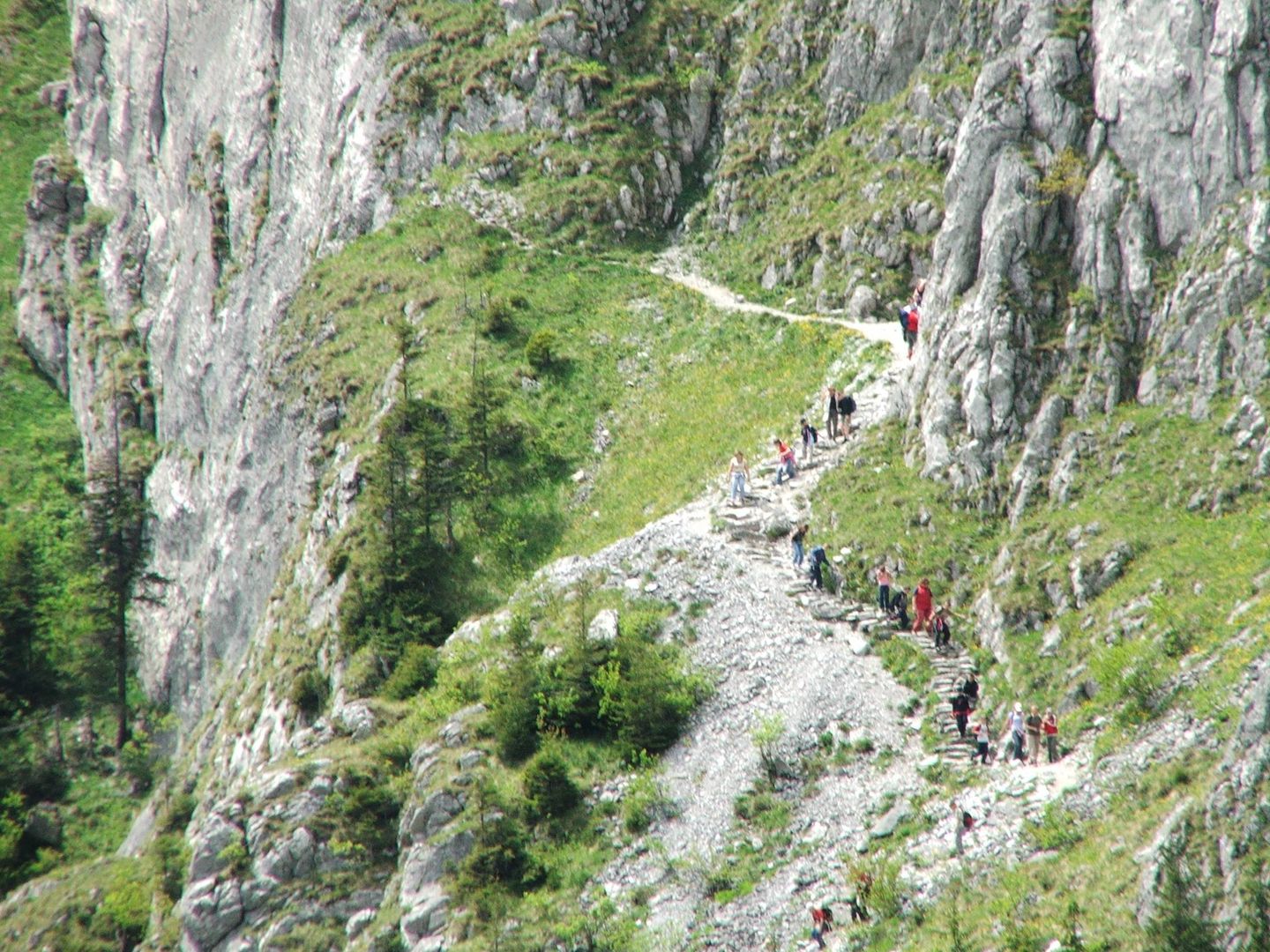Raptawicka Cave
7.2

Overview
Raptawicka Cave, located in the Kościeliska Valley in the Tatra Mountains, is part of the Pawlikowski Cave System, alongside Mylna Cave and Obłazkowa Cave. The cave was discovered in the 19th century when Jan Gwalbert Pawlikowski described it in 1887. A particularly unusual event occurred in 1938 when a dentist from Zakopane, attempting to commit suicide, walled himself inside the cave, leaving behind an image of the Virgin Mary and a candlestick with a candle. Significant surveys conducted between 2013 and 2014 revealed new sections, confirming the cave's length to be 536 meters—a substantial increase compared to the previously recorded 150 meters. Its structure features diverse corridors and chambers, including a main hall reaching up to 15 meters in height, with side passages leading to the Lower Chamber and other areas. Interestingly, the Upper Part of the cave was formed by the collapse of lower chambers, while the Lower Part is characterized by smooth walls and the presence of potholes, indicating past water flow under pressure. The cave is inhabited by bats, and its floor contains remains of Pleistocene animals. It is open for unguided visits, with access via a 15-minute hike along a black-marked trail. In summary, the cave attracts visitors not only for its natural beauty but also for its rich history and intriguing discoveries.
Location
2025 Wizytor | All Rights Reserved